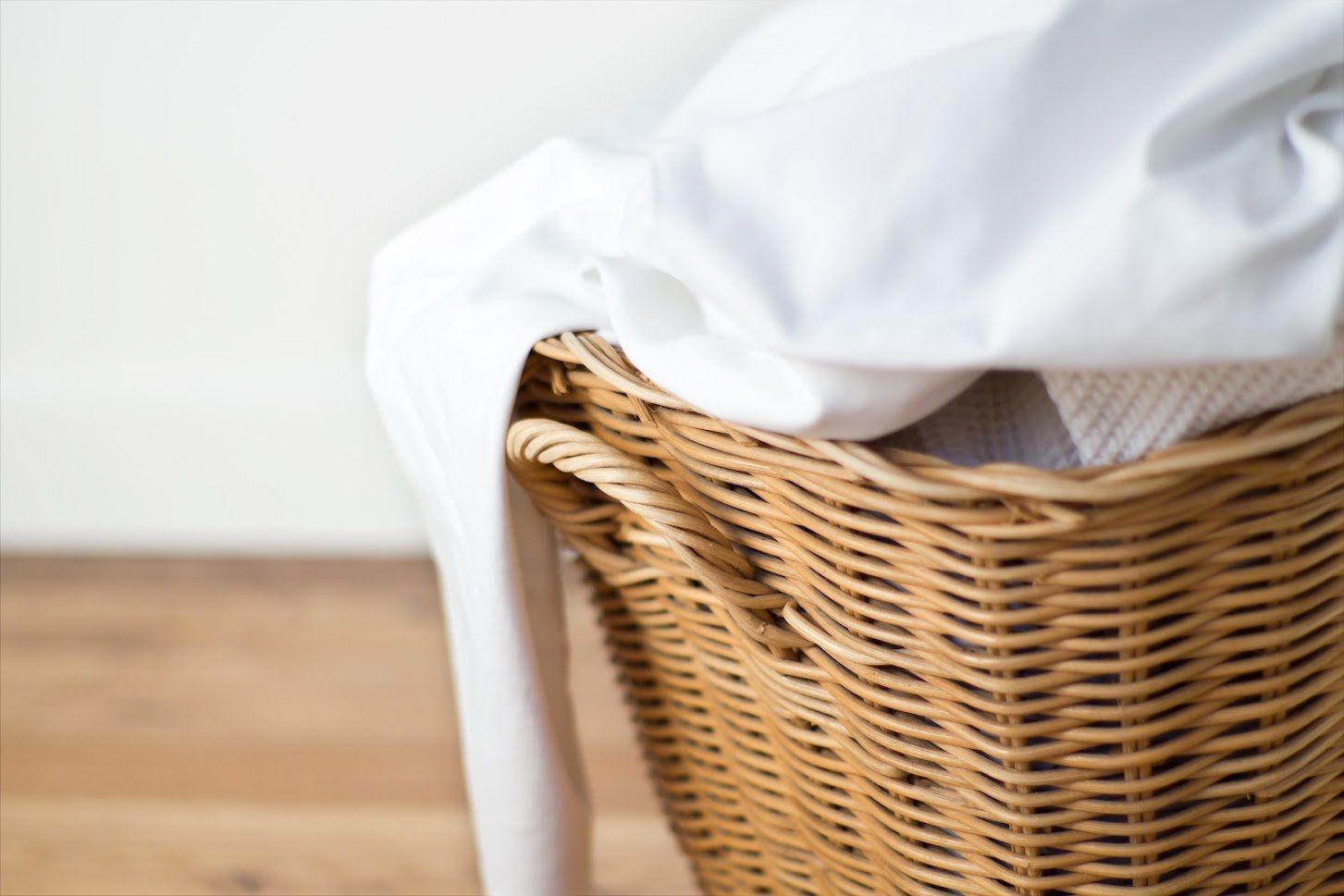Laundry Tips for Septic System Owners

Owners of new septic systems are often uncertain about how to take care of their system or what adjustments to make to their everyday tasks. One of the changes you have to make when you have a septic system is how you wash laundry.
Although septic systems can handle washing machine wastewater, certain missteps while doing laundry could cause issues in the septic tank and line.
Below are some guidelines about doing laundry before running your next load.
Don't Do All Laundry in a Day
Septic systems work by allowing wastewater to seep into the ground after processing. Too many loads of laundry too soon does not give the tank enough time to process the water. As a result, the septic tank could release excess water into the drainfield, causing flood damage.
To ease the pressure on your septic system, spread your washing loads throughout the week rather than having a laundry day. If you need to do multiple loads in a day, have some considerable wait time between your washes.
Don't Use a Liquid Fabric Softener
Fabric softeners use chemical compounds to help keep your laundry soft.
The chemicals in fabric softeners attack the ecosystem as well as the physical functioning of your septic system. Antibacterial compounds in the fabric softeners are suitable for your clothes but destroy the helpful bacteria in your system's tank.
Also, some fabric softeners are oil-based, contributing to the buildup of scum in the tank. A thick scum layer can cause damaging blockages or even catastrophic failure of your system.
Instead of using chemical-laden fabric softeners, you can choose safer alternatives that benefit you and your septic system. White vinegar is a popular safe option for your clothes and the environment. Baking soda and essential oils can also add fragrance to your clothes.
Use the Right Detergent
Detergents come in three forms: powder, liquid, and pods. Your choice depends on preference, cost, or convenience. While all three do an excellent job of cleaning your clothes, you need to consider their effect on your septic system:
- Powered detergents: Powdered detergents are fairly easy to use. You just need to sprinkle on your laundry, and you're good. Powder detergents, however, are not always the best for septic systems. Filler elements in powdered detergents are often non-biodegradable and can cause buildup inside the septic tank.
- Liquid detergents: Liquid detergents are the gold standard for septic tank owners. The liquid form means the detergent will never clog your system, and you can use it in any water condition.
- Laundry pods: Laundry pods are convenient and easy to use but are the most expensive of the three. You can get laundry pods that are septic-safe. Pods that aren't won't break down quickly enough and may therefore create problems for your septic system.
Ensure the liquid laundry detergent you use is safe for septic systems. Use only the recommended amount of detergent.
Upgrade to a Modern Washing Machine
Modern high-efficiency (HE) washing machines reduce the amount of gray water that enters your septic system. Gray water is water from human contact sources such as the bathtub, shower, washing machine, and sinks for general hygienic reasons.
Too much water in the septic tank limits bacteria activity and may lead to a complete breakdown of the system. Exceeding your septic system's capacity could potentially contaminate water sources.
Modern machines have stringent Energy Star regulations and are therefore best for reducing water flow to your septic tank. If you have an older washing machine, consider upgrading to a high-efficiency machine that puts less stress on your septic system.
Emergency repairs to a septic system are expensive. Keeping the above laundry tips in mind is the key to preventing costly septic system damage. Contact us today for additional information on how to best protect your septic system or to set up septic system maintenance.







